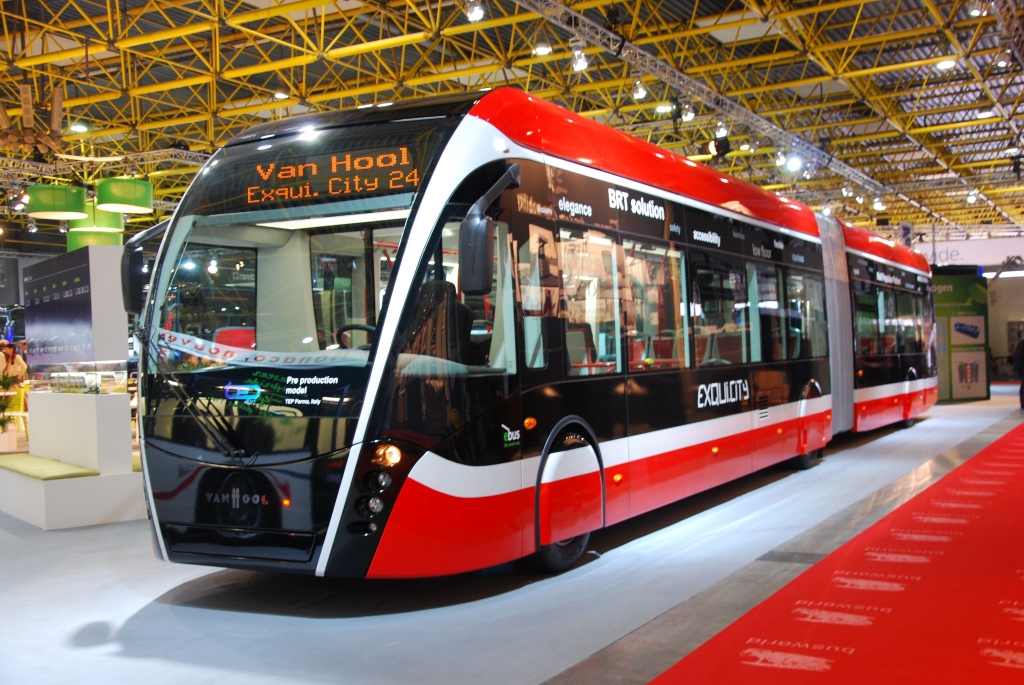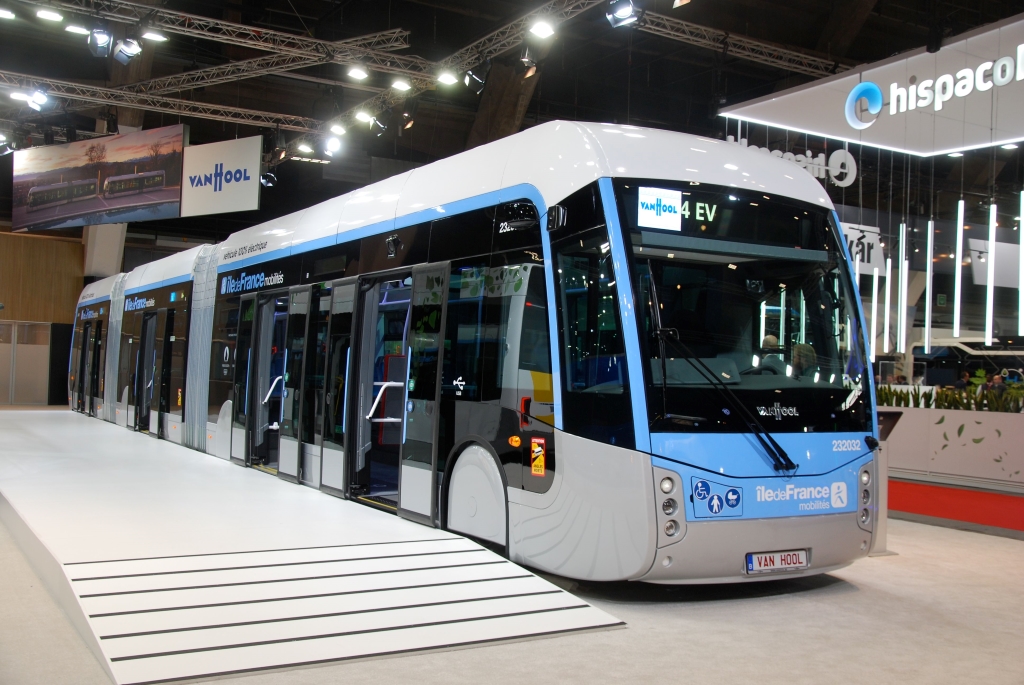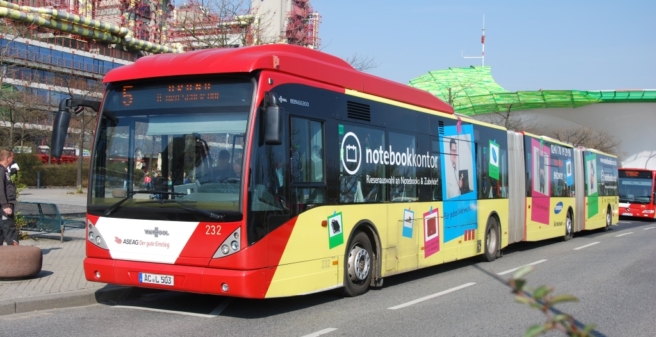
The long-established Belgian bus manufacturer Van Hool filed for creditor protection in March 2024, and the competent district court confirmed the declaration of bankruptcy on 8 April. We take a deeper look into the company’s history and development over time.
A look back
In 1947, Bernard van Hool (5 March 1902 to 6 March 1974) became the founder of a company that would one day become a major player in bus construction.
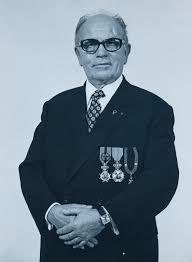
He was a man of many talents. His motto in life was: “Vooruit is onze weg” (forwards is our way). In 1947, he was a farmer in the village of Koningshooikt in the Belgian province of Antwerp (now a neighbourhood of Lier), but he had also already earned his living as a diamond cutter in Antwerp.
That year, he was looking for a vehicle to take his farm labourers to the fields. And as he couldn’t find anything ready-made, he knitted his own bus.
His fellow farmers saw the bus, liked the idea and asked Bernard van Hool: “Why don’t you make us something like that?” Which van Hool did. And so a large bus builder was born.
The seventh bus from Van Hool was already something of a real bus. A bus company from the region had discovered van Hool’s buses and commissioned a touring coach. It was given the name “de Liefde” (love), and the bus company commemorated its daughter with it.
There were still many coach builders in Belgium at the time. These included (in alphabetical order) Brossel, Denolf & Depla, Jonckheere, Ragheno … Van Hool prevailed alongside them. For example, there was Brossel with bodies by Van Hool.
Van Hool started out as a bodybuilder on third-party chassis. This changed when Van Hool developed its own self-supporting (integral) buses and brought them onto the market. Initially, these were often powered by Fiat engines, but Van Hool soon began working with almost all manufacturers for the drivetrain, and with MAN for regular-service buses.
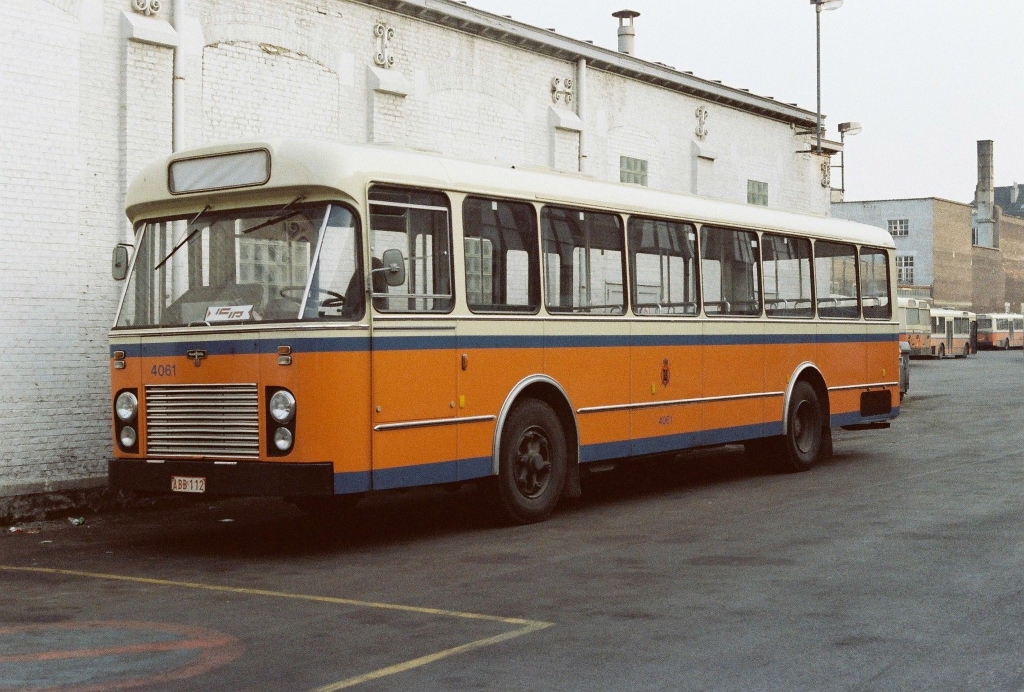
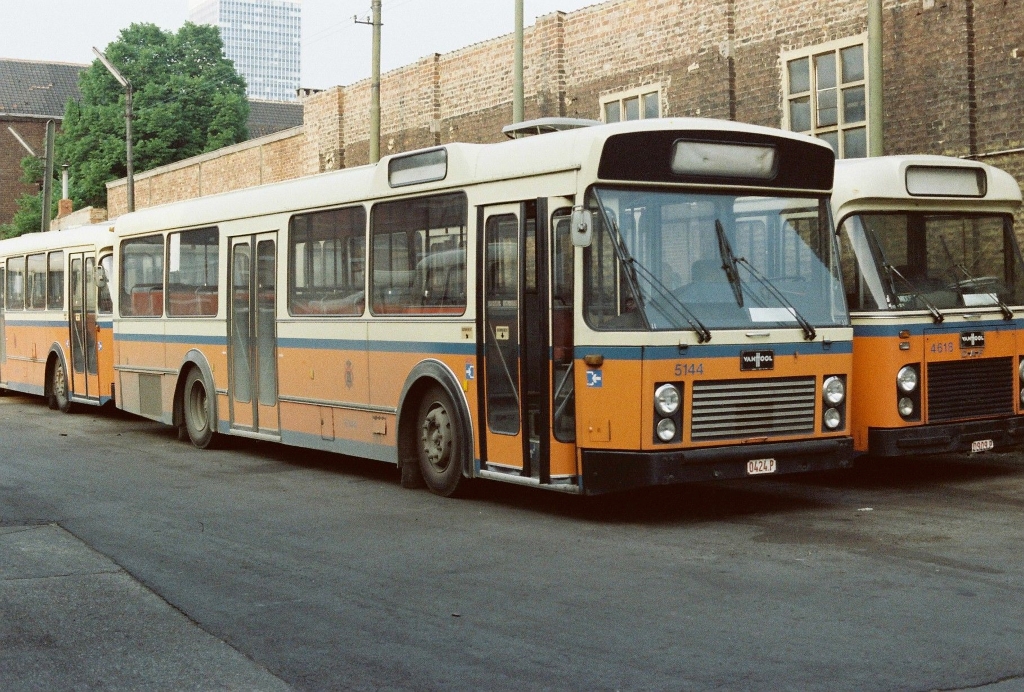
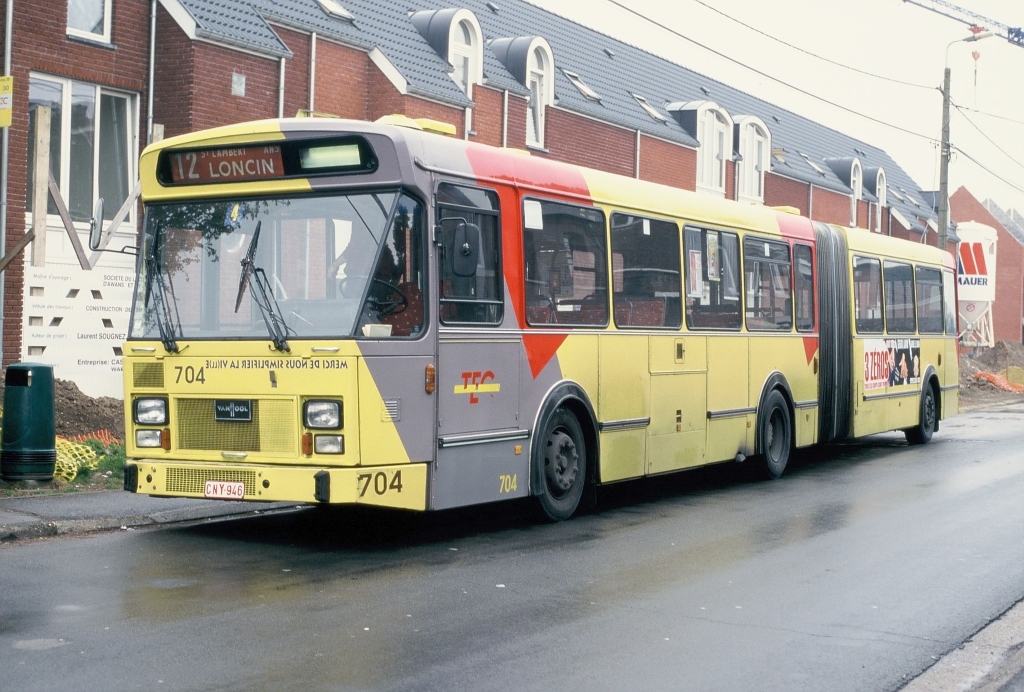
During Van Hool’s heyday, the “A 120” and “A 300” series of buses were particularly popular. The “A” stood for “Autobus”, the “120” in the A 120 for its length of twelve metres, the “300” in the A 300 for the rounded floor height above the road surface. There were numerous variants of both basic types, such as an “A 600” with a floor height of 60 centimetres … And, of course, articulated buses with type designations beginning with “AG” (Autobus Gelede). This went as far as the double-articulated bus “AGG” (Autobus Gelede Gelede).
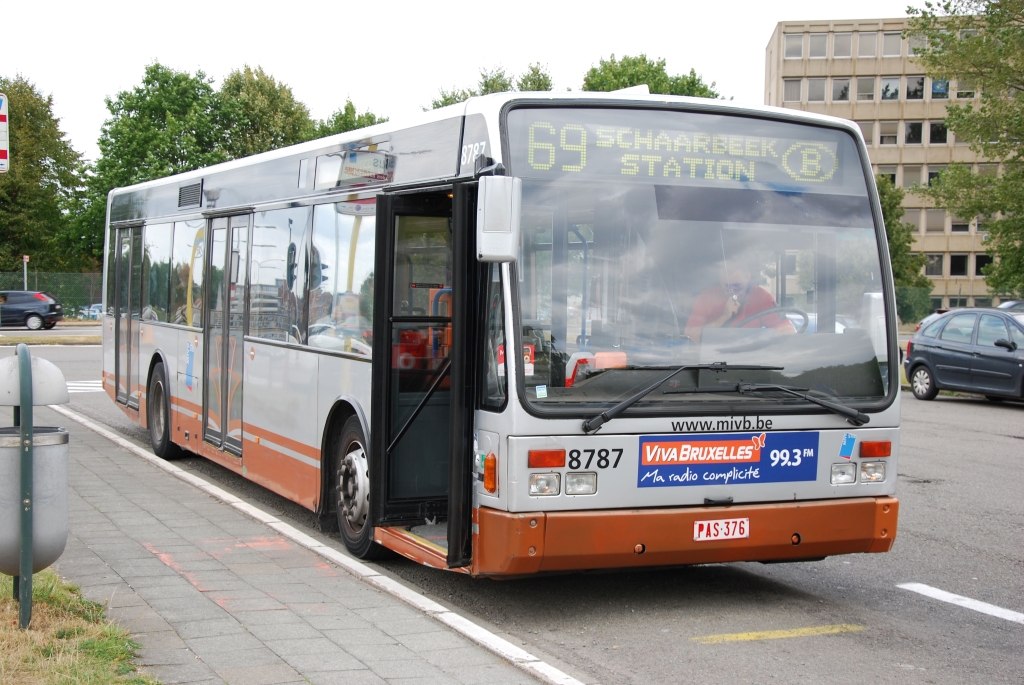
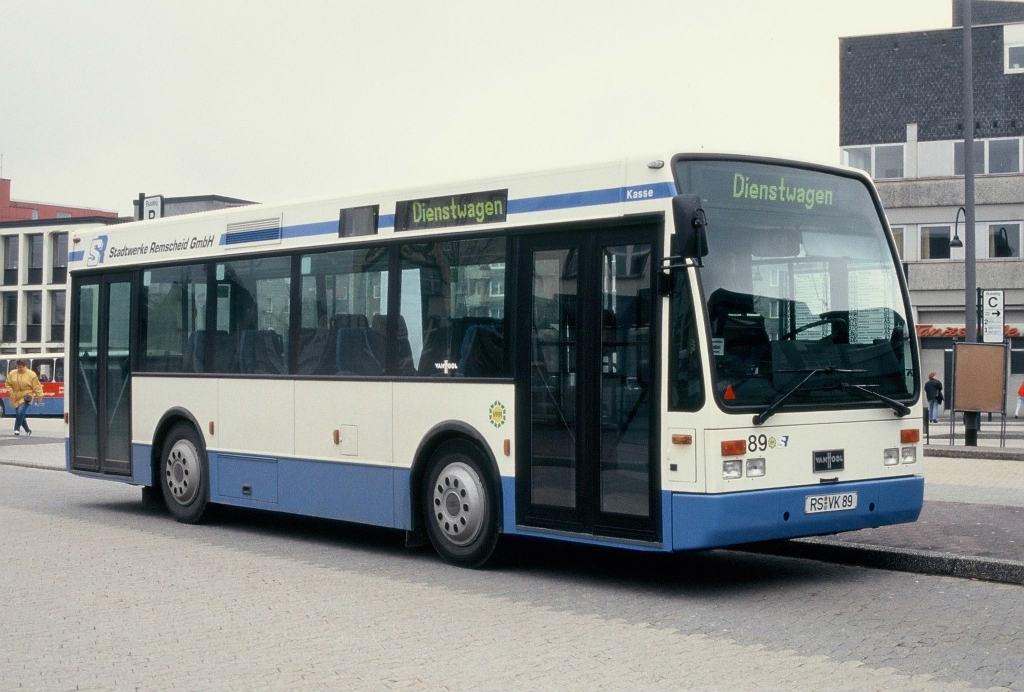
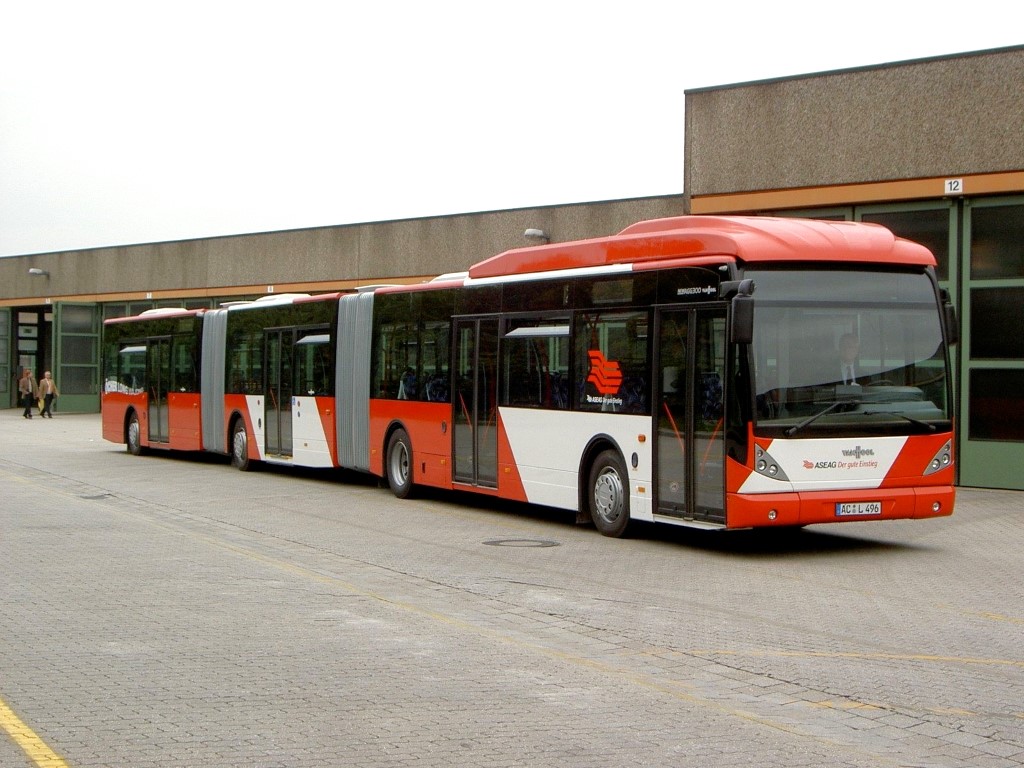
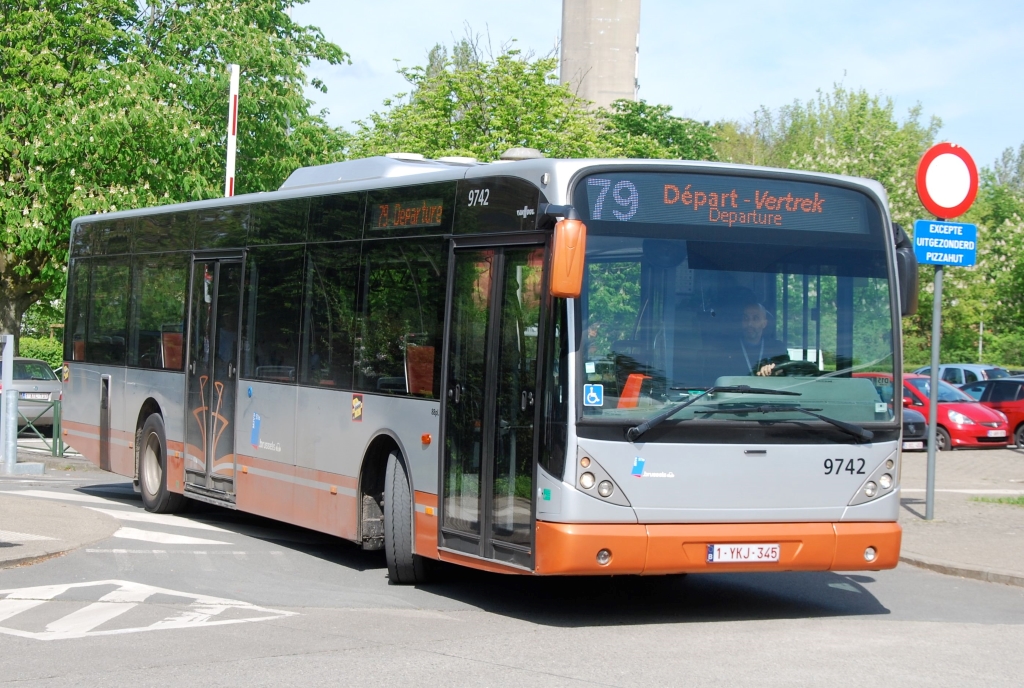
It was only last year that Van Hool presented its new A12 series as the successor to the “A 300” series. It was only to be available as an electric bus, either as a battery bus or as a hydrogen bus; in the case of the battery bus, the batteries were “knocked flat” under the floor to reduce the height of the bus. And the body was no longer made of heavy steel, but of “composite” (fibre composite). Remember: weight that I don’t carry around with me doesn’t cost any energy. A few examples of the A 12 were still built. It’s a shame that the end of bus production at Van Hool “broke the neck” of this car full of excellent ideas.
Van Hool was also always a very successful manufacturer of coaches. They had model designations beginning with “T” (for Tourisme). Series such as “Alizée”, “Alicron”, “Astron”, “Astronef” (with theatre seating rising from front to back), the high-decker “Altano” (alto (Italian) = high), but also the legendary double-decker “Astromega” became well-known.
The demand for buses from Van Hool became so great that the production capacity in Koningshooikt was no longer sufficient. A branch plant was opened in Skopje, the capital of North Macedonia. A new model family was also launched here, the “E” series. These were and are so-called estate buses or somewhat simpler coaches.
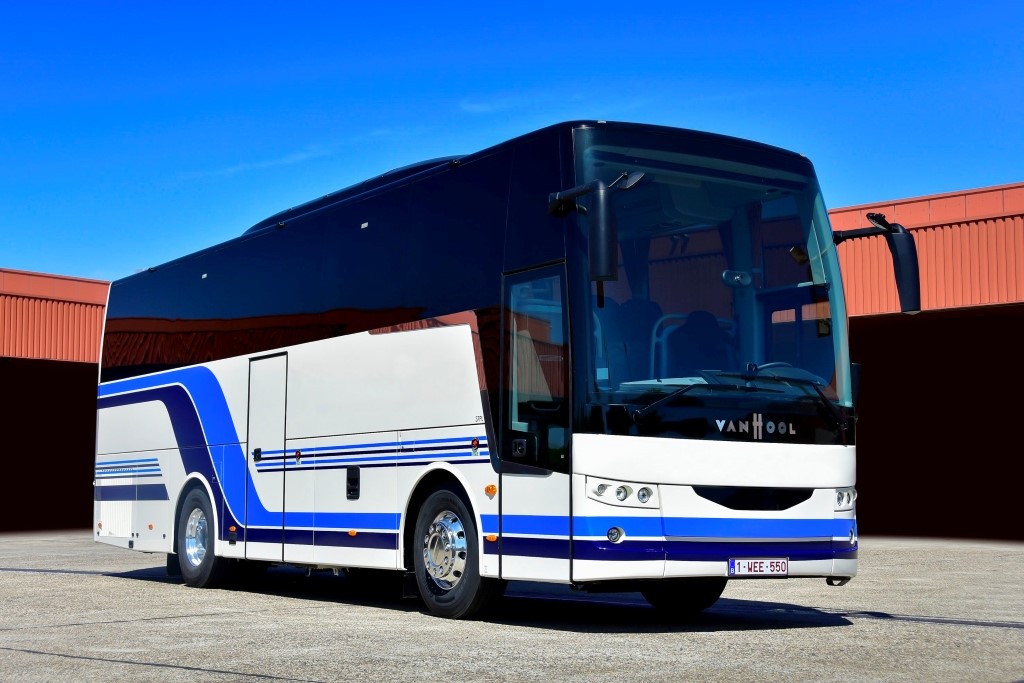
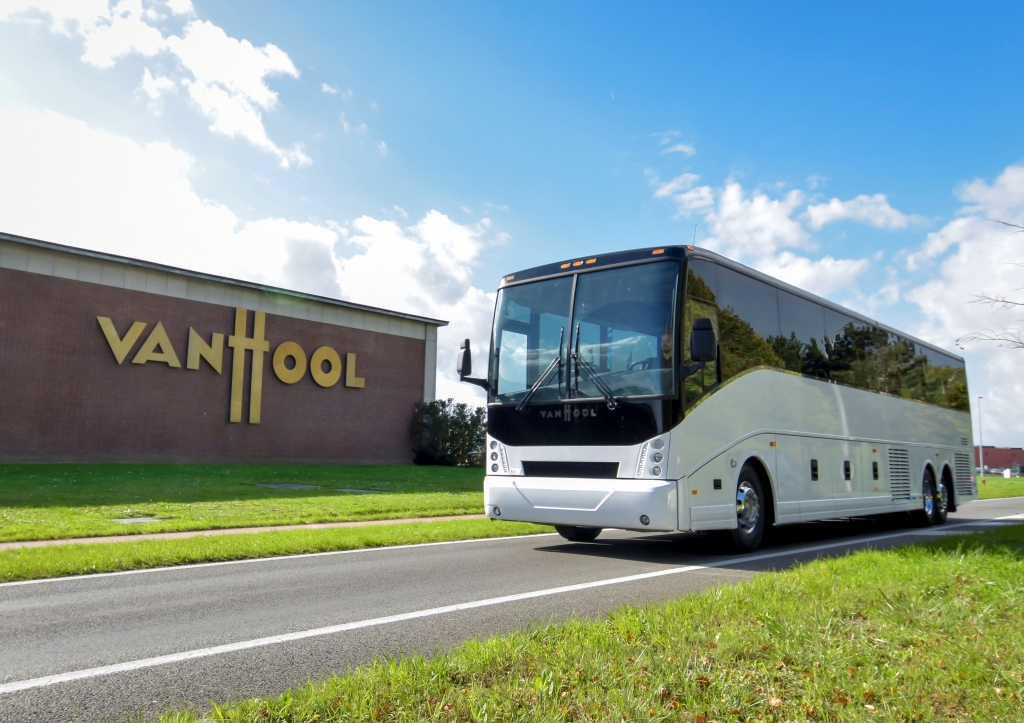
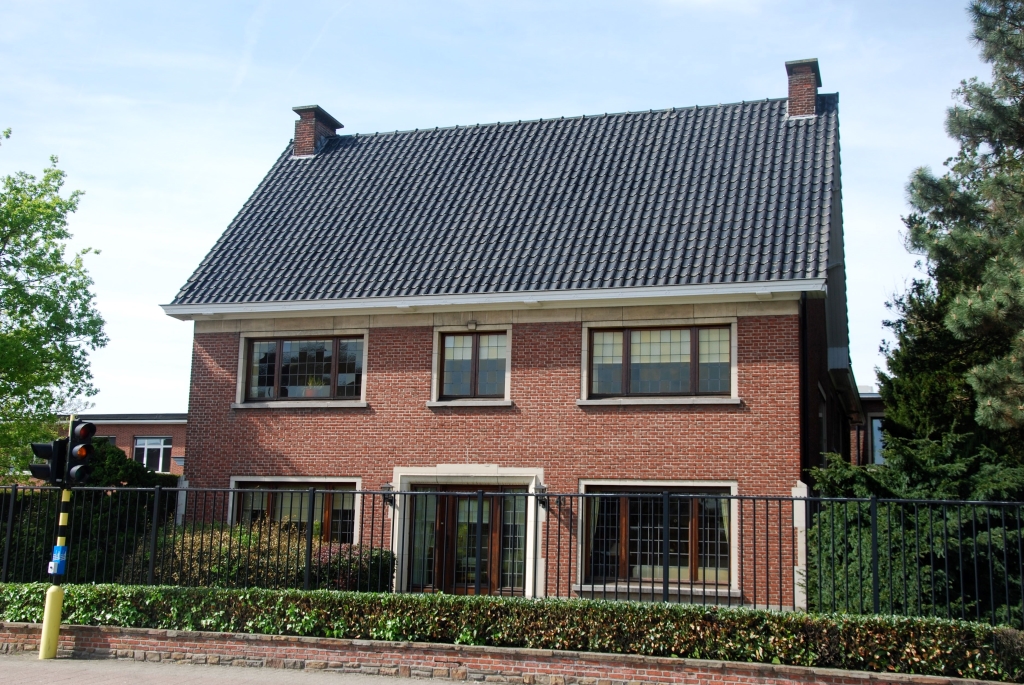
The recent development
The Van Hool company was traditionally family-run, with various generations of the large family being involved in and employed by the company. The family fell out over inheritance disputes, which was not conducive to the company’s development. At the beginning of the year, when it became apparent that the company was in financial difficulties, Marc Zwaaneveld, a non-family member, was brought on board as co-CEO to save Van Hool. And Zwaaneveld also presented a reorganisation plan. A plan that the family could not agree on. Zwaaneveld today: “With my reorganisation plan, we could have saved Van Hool.”
On 8 April 2024, the competent court in Mechelen, Belgium, confirmed the bankruptcy of Van Hool. What a shame for this innovative company, whose founder Bernard van Hool once said: “Vooruit is onze weg.” (The road lies ahead.) This is now one.
Belgian television reports on the serious consequences of the Van Hool bankruptcy for the city of Lier and especially for its Koningshooikt neighbourhood.
What happens next?
And what now? Van Hool had already diversified very quickly, with the production of semi-trailers for lorries joining the production of buses. Now the company is being broken up out of bankruptcy. There were two interested parties who want to continue: the German “Schmitz Cargobull”, which wants to continue building semi-trailers (and thus expand its own capacities), and the Dutch VDL-Groep, which wants to continue building buses. However, both are focussing on a significant reduction in personnel.
Schmitz Cargobull wants to continue at the Koningshooikt site, but not VDL. VDL wants to take over the bus plant in Skopje and concentrate on continuing Van Hool’s coach portfolio. If that happens, that’s it for buses from this company. Goodbye “A 12”. Anyone who ordered battery-powered trolleybuses (like Esslingen) will have to look for another supplier. Note: VDL also wants to keep the development department in Lier (Koningshooikt).
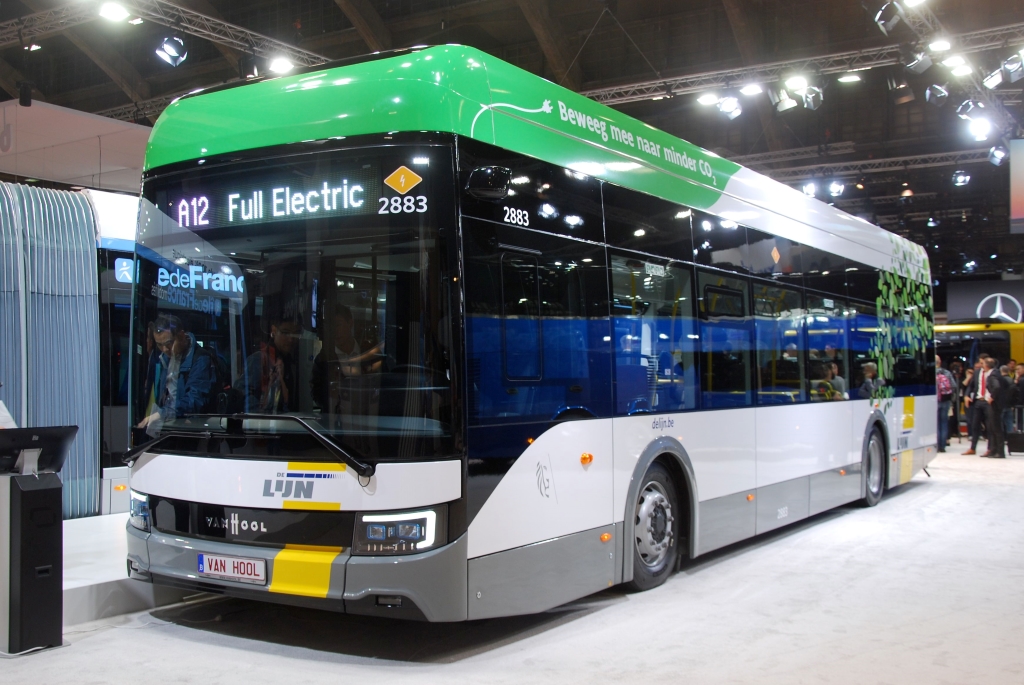
However, the Belgian company Dumarey has also submitted a bid, together with the US “ABC Companies” group, the company that imported Van Hool buses to North America. They want to continue building buses at Van Hool. Dumarey has experience in rescuing companies that have run into difficulties, and he pledges to preserve more jobs.
And then there is Marc van Hool. He is a scion of the family, but left the “family clan” ten years ago and founded his own investment company, CIM, in Antwerp. He would also like to continue with Van Hool. But only with the semi-trailers for lorries.
On 11 April 2024, the Belgian press reported that Van Hool’s bankruptcy administrators had decided to award the contract for the takeover to VDL and Schmitz Cargobull. They have a cogent argument: a months-long stand-off over the takeover will finally and completely ruin Van Hool. There is still a chance of retaining jobs at Van Hool, albeit on a smaller scale.
The question of who will win the bid has therefore been decided. There will be no future for the Van Hool company in its current format, as one single company that builds buses, coaches and semi-trailers. Building buses of the quality of a Van Hool is so expensive that the competitive pressure on the market makes it impossible to achieve prices that would generate a profit.
